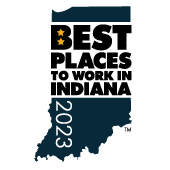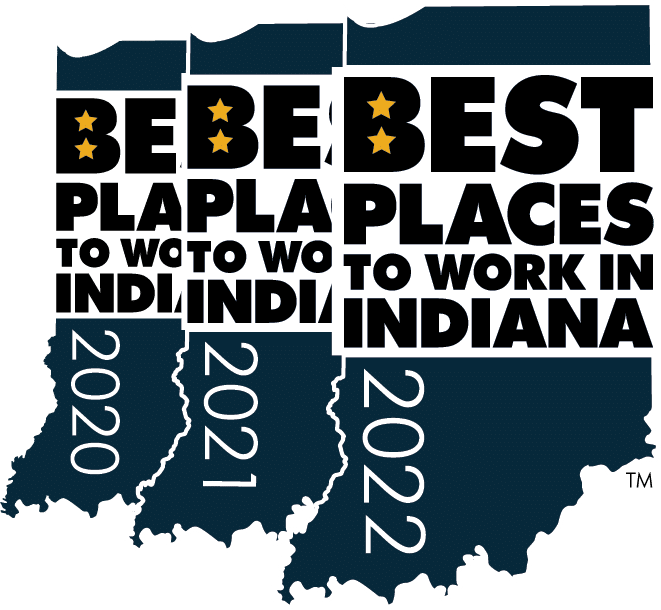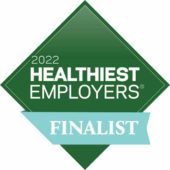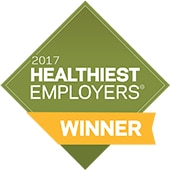Hospital Monopolies Drive Up Health Care Costs in Indiana, Study Says
BY INDIANA BUSINESS JOURNAL

Hospital monopolies drive up health care costs in Indiana, study says
Over the past two decades, Hoosiers’ health care costs have gone from below-average to much-higher-than-average, according to a Ball State University study.
The study, by Ball State’s Michael Hicks, shows that medical expenditures are high in Indiana because not-for-profit hospitals have monopolies in their markets. Hicks is the director of the school’s Center for Business and Economic Research.
In 1998, Hoosiers paid an average of $330 less on health care than the average American, the study says, but by 2017, they were paying $819 more than average.
“This [has received] the most positive response of anything that I have ever written,” Hicks said. “I’ve had board members of hospitals in two different systems say ‘Hey, keep it up. You’re exactly right, this is what we have been complaining against, but we can’t get any traction.’”
Brian Tabor, president of the Indiana Hospital Association, said he does not believe Indiana has a monopoly problem in health care and said the numbers in the report don’t show the full picture.
“I feel it is imperative to dispel these myths, as the report does a disservice to the thousands of caregivers who work every day to serve patients,” Tabor said in a written statement.
The hospital association said the study ignores the community benefits offered by hospitals, which include providing financial assistance, training medical professionals, conducting life-saving research, and more.
“Indiana’s not-for-profit hospitals are absolutely committed to improving public health and investing in their communities,” Tabor said. “The annual benefit they provide approaches $2.5 billion, [according to] the most recently available data.”
Despite the increase in the cost of health care, the quality of service did not follow suit, Hicks’ research says. From 1998 to 2017, Indiana fell nine places in national rankings for medical outcomes.
“I think the boards of these hospitals have lost track of their public mission,” Hicks said. “We are one of the few states in the country that is wholly dominated by not-for-profit hospitals, so it’s a structural problem across the state.”
In 2015, not-for-profit hospitals in Indiana collected a little more than $1.7 billion in profit, according to the study.
The largest for-profit hospital company in the nation had a profit rate of 5.4 percent. In contrast, the top not-for-profit hospital in Indiana had a profit rate of 49% and the 10th largest had a profit rate of 19.4%.
The disparity is driven by network mergers across the state, Hicks said. From 1998 to 2017, there were 1,625 hospital mergers nationwide. During that time, Indiana also experienced increases in mergers.
“When I moved here in 2007 there were four hospitals in the region that I am in now, four independent hospitals, and now there are two, and both are owned by different networks,” Hicks said.
The top 10 not-for-profit hospitals with the highest profit rates in Indiana are in one of five health care networks. Of those, only nine hospitals were less profitable than the national average and only one of them was part of a network.
Indiana’s five largest not-for-profit hospital systems accumulated more than $27 billion in accrued profit through 2017. That is about 8% of Indiana’s 2017 total gross domestic product and about 12 times the reserves the entire state holds in the event of an economic downturn.
Reserves are usually meant to last up to 180 days should their income stop completely. The not-for-profits have reserves that could last nearly eight years without collecting any revenue, according to the study.
Within the study Hicks proposed three broad policy changes—returning competition to not-for-profit markets, imposing a tax on not-for-profits that earn profits at rates consistent with private sector firms, and returning the revenue to health and educational services.
“It’s too big, to acute of a problem here in Indiana for it to be ignored by researchers in universities and elsewhere,” Hicks said.
The IHA has requested an independent analysis of the data that will be released soon in hopes of putting the credibly of the study to rest.







